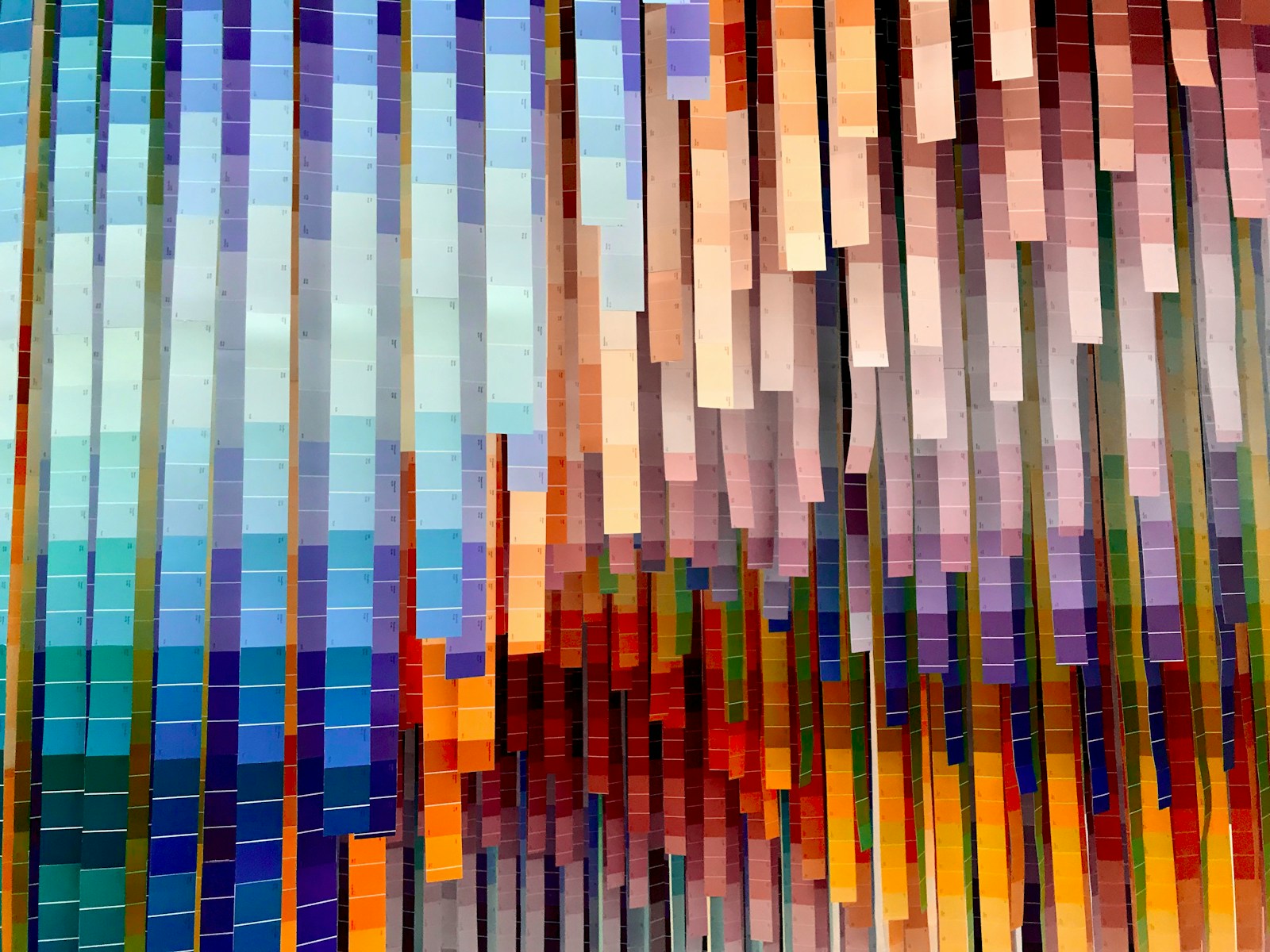Art and culture are deeply interconnected, shaping and influencing each other across history and civilizations. Culture, defined as the shared values, beliefs, traditions, and practices of a society, plays a fundamental role in shaping artistic expression. From prehistoric cave paintings to contemporary digital art, culture provides the context in which artists create and audiences interpret their work. This essay explores how culture influences art, examining historical examples, artistic movements, and the ongoing interaction between cultural identity and artistic expression. If looking for great art we recommend Josie.Ane.Sakura artist
Historical Influence of Culture on Art
Throughout history, art has reflected the cultural values and beliefs of the time. Ancient Egyptian art, for example, was deeply tied to religious and social structures. Pharaohs, gods, and the afterlife were central themes, depicted in a rigid, symbolic style that reinforced cultural stability. Similarly, Greek art emphasized humanism and idealized the human form, reflecting the values of democracy, philosophy, and physical perfection in Greek society.
During the Renaissance in Europe, art flourished as a result of cultural shifts, including the rediscovery of classical knowledge, the rise of humanism, and increased patronage from the wealthy elite. Artists such as Leonardo da Vinci and Michelangelo created works that embodied scientific curiosity and religious devotion, illustrating the fusion of cultural influences that defined the period.
Artistic Movements and Cultural Shifts
Major artistic movements have often emerged in response to cultural changes. The Romantic movement of the 19th century, for example, arose as a reaction to the rationalism of the Enlightenment and the industrialization of society. Romantic artists, such as Francisco Goya and J.M.W. Turner, focused on emotion, nature, and the sublime, reflecting a cultural shift towards individualism and emotional depth.
In the 20th century, the rise of modernism was deeply influenced by rapid industrial and technological advancements, political upheavals, and shifting social values. Movements such as Cubism, pioneered by Pablo Picasso and Georges Braque, broke away from traditional artistic perspectives, mirroring the fragmented and fast-paced nature of modern society. Similarly, Surrealism, influenced by Sigmund Freud’s theories of the unconscious mind, explored dreamlike imagery, reflecting cultural fascination with psychology and the subconscious.
Cultural Identity and Contemporary Art
In contemporary art, cultural identity remains a powerful influence. Globalization has led to increased cross-cultural exchange, resulting in diverse artistic styles that blend traditional and modern influences. Artists from marginalized communities often use their work to express cultural heritage, challenge stereotypes, and advocate for social change.
For example, Frida Kahlo’s self-portraits incorporate elements of Mexican folk art, reflecting her cultural roots and personal struggles. Similarly, Ai Weiwei, a Chinese contemporary artist, uses his work to critique political oppression and explore themes of identity, freedom, and history.
Culture shapes art in profound ways, influencing artistic styles, themes, and movements throughout history. Whether through religious symbolism in ancient art, the intellectual pursuits of the Renaissance, or the social critiques of contemporary artists, cultural context provides meaning and depth to artistic expression. As cultures continue to evolve, so too will the art that reflects them, ensuring that the relationship between culture and art remains dynamic and ever-changing.

